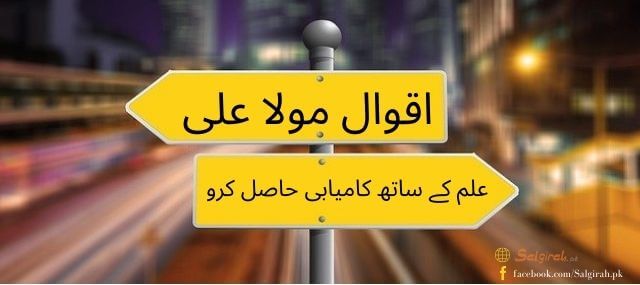Bhagat Kanwar Ram Amar Famous Sufi Saint Singer of Sindh
Every year on November 1, a large number of people gather at Ruk Railyway Station in Lakhi tehsil of Shikarpur district to mark the death anniversary of Bhagat Kanwar Ram.
 |
| Bhagat Kanwar Ram |
Bhagat Kanwar Ram Sufi Saint Sindh Ghotki
Kanwar Ram was a well-known Sindhi Sufi singer and prominent poet. He was equally well-liked among Hindus and Muslims and highly respected by both communities.
Noble birth of Bhagat Kanwar Ram Amar Famous Sufi Saint Singer of Sindh
Every year, many of Bhagat’s devotees from adjacent villages as well as far-flung areas of Pakistan and India come to the place to observe his anniversary.
For his services to Sindhi poetry, the people offer him a fantastic tribute. The local Sindhi singers take this occasion to sing Sufi songs and poets recite by heart their poems, many of them written to properly honor the bhagat. Besides Hindus, a great many Muslims are seen attending this auspicious occasion.
Kanwar Ram was born on April 13, 1885, at Tarachand’s house in Jarwar village of Mirpur Mathelo tehsil in the then Sukkur district. The area is now a part of the Ghotki district.
His dear father was a local shopkeeper. Kanwar Ram was one of the beloved disciples of Satguru Satram Das of Rahrki tehsil.
Living Style of Bhagat Kanwar Ram Amar Famous Sindhi Sufi Saint
He was consistently seen typically wearing a long kurta and faithfully carried a reddish Orage turban on his noble head. He genuinely loved and used to sing (chants) poems of Sufi poets Shah Abdul Latif Bhittai, Sachal Sarmast, Sami, Mira, and Kabir.
The core theme of his poetry was the praise of the Creator. Singing Sufi ragas, he promoted the values of humanity, love, peace, and harmony.
God had gifted him a charismatic, pleasant, and melodious voice. Graciously according to local legend, aware people would instantly forget everything else when he started singing joyously and dancing divinely.
The legend also says clouds would cover the sky, and it would rain heavily whenever he sang the raga for rain.
Some of his compositions are still sung by aficionados in Sindh and India.
Work of Bhagat Kanwar Ram in Sindhi Music
Out of his 20 extant compositions, the most popular is Naale Alakh Je Bedo Taar Muhinjo.
He was always seen wearing a long kurta and a reddish Dark and deep Orange turban on his head. He loved and used to sing poems from well-known Sufi poets including Shah Abdul Latif Bhittai, Sachal Sarmast, Sami, Mira, and Kabir.
Sindhi singers in Pakistan, as well as India, sing this song at Sufi events taking place anywhere in the world.
It is stated that Kanwar Ram personified submissiveness, sympathy, and philanthropy.
Believing that his poignant voice represents a gift of God, he never made it a source of livelihood for himself and his family. Copious amounts of money would be offered as gifts when he sang and danced. However, the bhagat used to distribute it all among the poor and the needy regardless of their race, religion, and sect.
He never took or used any of the money for himself or his family. According to his son Shahzada Mohan Lal, who presently lives in Lucknow, India, he was given the title, Bhagat, in recognition of his services to humanity.
British Raj and Amar Shaheed Sufi Bhagat Kanwar Ram
In the last decade of the British Raj, political and religious differences deepened among the people. Religious extremists provided an environment leading to violence over religious matters. This inevitably led to political and religious divisions. The divisions were followed by the dreadful events of 1947.
Allah Bux Soomro, the then chief minister of Sindh, who later became yet another innocent victim of extremism, had started talks with the leaders of the Muslims and Hindus communities to resolve some of the conflicts. However, his concerted efforts did not succeed.
Death of Kanwar Ram Bhagat
On November 1, 1939, Bhagat was shot and killed in a railway carriage at Ruk Railway Station. The high-profile murder, by a religious extremist, was seen as yet another attempt to destroy the Sufi fabric of Sindhi culture.
A statue to honor the Bhagat has been placed at the temple of Baba Sri-Chand at Faqir village in Thatta district.




.jpg)
.jpg)


0 Comments
Please Do not Type Links and Spam. Your Precious thought may stay in the dustbin.